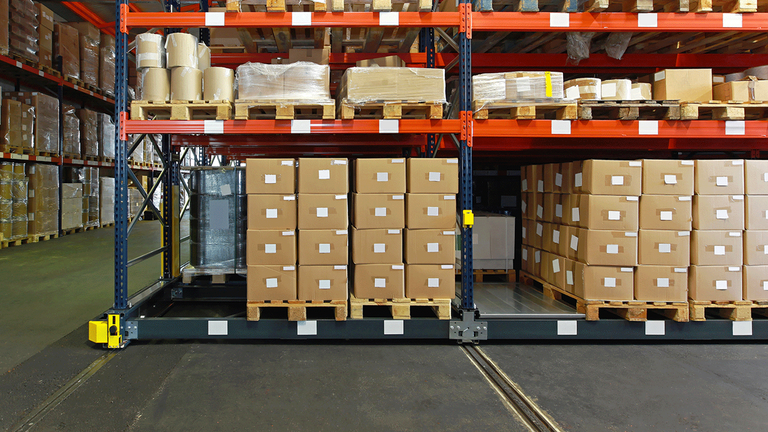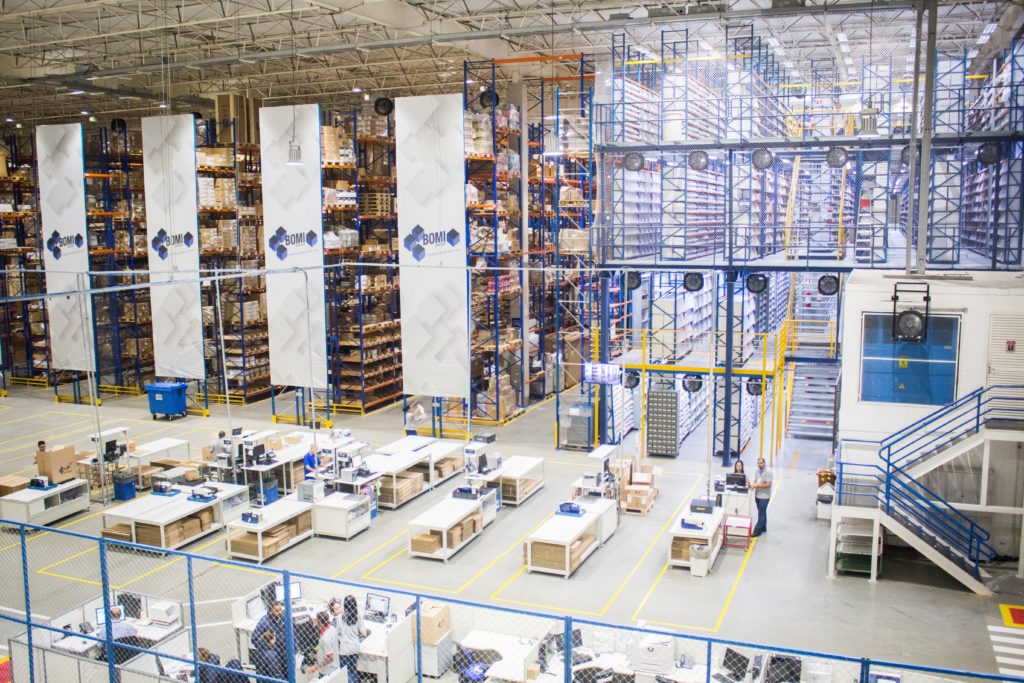There’s a growing trend within the e-commerce industry: direct to consumer (DTC). In the past, companies would need to open a physical store, invest in complex websites, and spend thousands on advertising. Today, savvy solopreneurs can open a simple one-page online shop and sell directly to their social media followers. Sound too goo to be true?
One cost that hasn’t changed is the cost of storing and fulfilling physical goods in warehouses. The warehousing bill for the United States ran to $153 billion in 2018, and that’s only going to increase as we move through the early 2020s. But there’s a new solution making waves within this evolving industry – on-demand warehousing.
But what exactly does this solution entail, and how can it help small retailers compete?
 What is On-Demand Warehousing?
What is On-Demand Warehousing?
The increasing appetite for on-demand warehousing has been driven by a common problem all retailers have – predicting demand. This is especially the case for growing companies who have no real idea of how much space they are likely to need as they scale. That’s without mentioning the need to increase capacity for sales spikes associated with new product launches or holiday seasons. The result of this uncertainty is that roughly 30% of warehouse space lies empty.
Enter on-demand warehousing. By utilizing under-used warehouse space, companies such as Darkstore and Warehouse Exchange are becoming the WeWorks of the warehousing world. They approach 3PLs with unused warehouse space and then turn it around for short term or small scale warehousing requirements at competitive prices.
On-Demand Model Ushers in New Age of Flexible Warehousing
What makes this new solution so appealing is that 3PLs have long-term leases secured on thousands of pallet positions that aren’t currently returning anything on that initial investment. On-demand companies tend to come in and look for less than 500 positions for six months or less, allowing 3PLs to make adjustments during demand surges.
The on-demand model is based on taking small fragments of space at as many warehouses as possible, blurring the lines between warehouse and distribution center. This solution enables companies to take on the likes of Amazon’s FBA model, with one-day and two-day shipping entirely possible. When you combine those shipping windows with superior tracking and supply chain management, this new method may finally provide the solution for those brave enough to take on the Amazons of this world.

On-Demand Model Unlikely to Usurp 3PL
While on-demand warehousing is growing, 3PLs are here to stay. They have too much agility and experience in high volume scenarios to be replaced. For now, they are happy to let companies take vacant space of them to earn an easy supplemental revenue stream. But it will be interesting to observe the changes (if any) that the on-demand warehousing concept brings to the industry as a whole.
With the continued rise of e-commerce sales, is it possible that big 3PLs look at tweaking their operations to offer in-house versions of on-demand warehousing? Or will they come up with an even more innovative solution? Either way, it’s certainly a trend that will be monitored with interest over the next few years.

